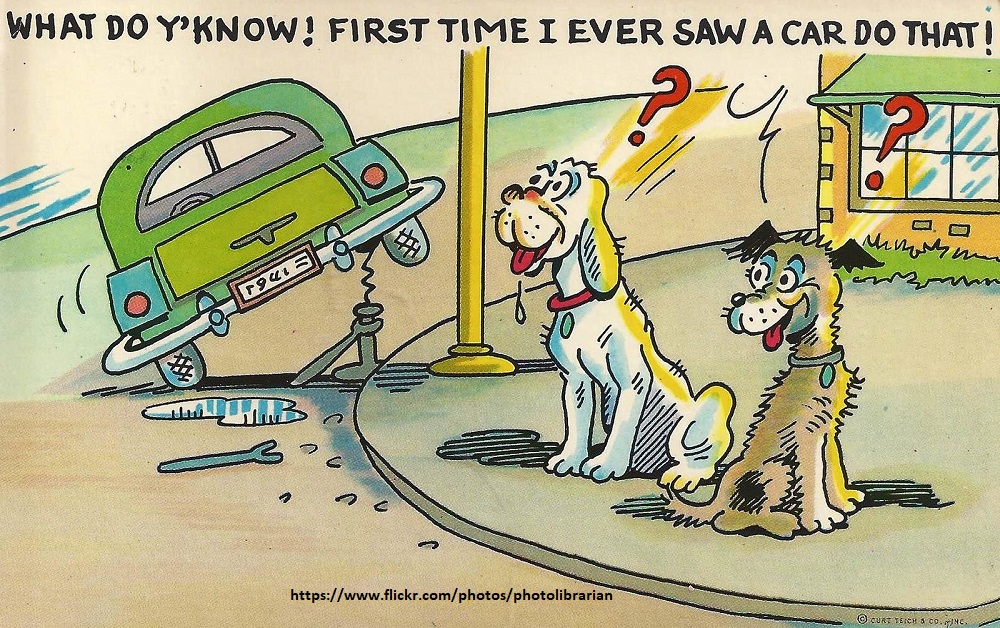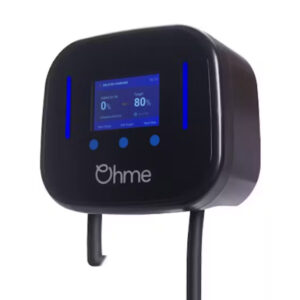Charging for people without driveways and buzzing about town is going to get more difficult…
Why?
Because, as each day passes, there will be more electric vehicles on the road. By 2030 they estimate there will be circa 10 million buzzing around.
Can you imagine 10 million electric vehicles jostling for charge point time?
We’ve said consistently there is no silver bullet to solve the charging crisis. The cheapest and most convenient way (aside of spending 8 hours in Tesco whilst charging on their free 7Kw chargers) is to charge at home whist you’re sleeping. But not everyone can get a charge point fitted at home.
Other solutions are charging at your workplace if the boss will let you, charging at rapid charge points on retail parks and service stations (although still very scarce and often broken) or charging at purpose-built charging destinations being built. But this is still not going to be enough.
We recently came across another piece of the charging jigsaw. Urban lamppost charging. Which has been developed and launched by a Shell owned company called ubitricity.
With ubitricity, it is possible to charge electric cars at urban lamp posts, with the charge point fully integrated into the lamppost. The charging point they’ve developed for the UK is called “Chelsea.”
Ubitricity’s Chelsea could allow UK’s city and town residents without a private parking space to charge easily with a standard type 2 cable in the immediate surroundings of their home.
They already have more than 4,800 Chelsea charge points installed (mainly in London), which is already the UK’s largest public charging network, and we’re sure they will expand across the UK.
Although there is a downside…
Charging speeds are not great at 5.8Kw, meaning it takes circa 10 hours to fully charge an electric vehicle with a 60Kw battery through lamppost charging. Whereas a 7.4Kw home charge point would charge it in circa 8 hours.
The biggest difference between lamppost charging and home charging is not necessarily the 2-hour difference. It’s the convenience.
Who wants to stand next to a random dog wee smelling lamp post for 10 hours, when you can be tucked up in bed at home whilst your battery is being re-charged.
…although lamppost charging will be good for those who can park next to one close to home.


